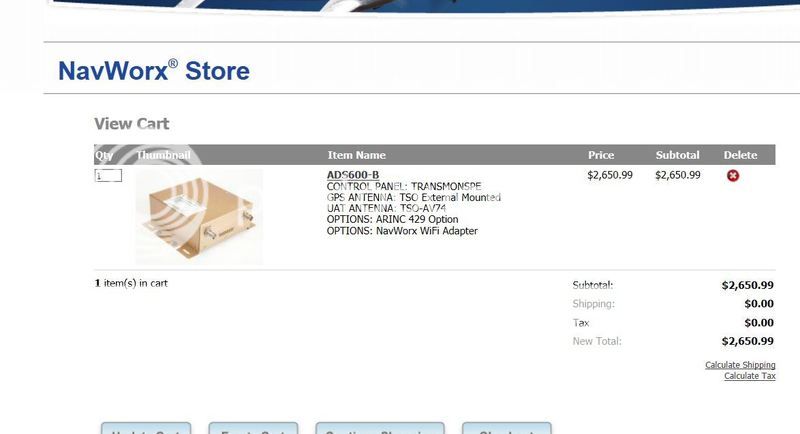winrose46
Pre-takeoff checklist
John, what in my statement brings you to the conclusion that my ADS_B Out is not configured properly?
It is highly likely that your ADS-B Out is not configured properly. It needs to be setup so that the GBT (Ground Based Transceiver - AKA ADS-B Ground Station) knows your ADS-B In capability, otherwise, you get nada from the GBT.


